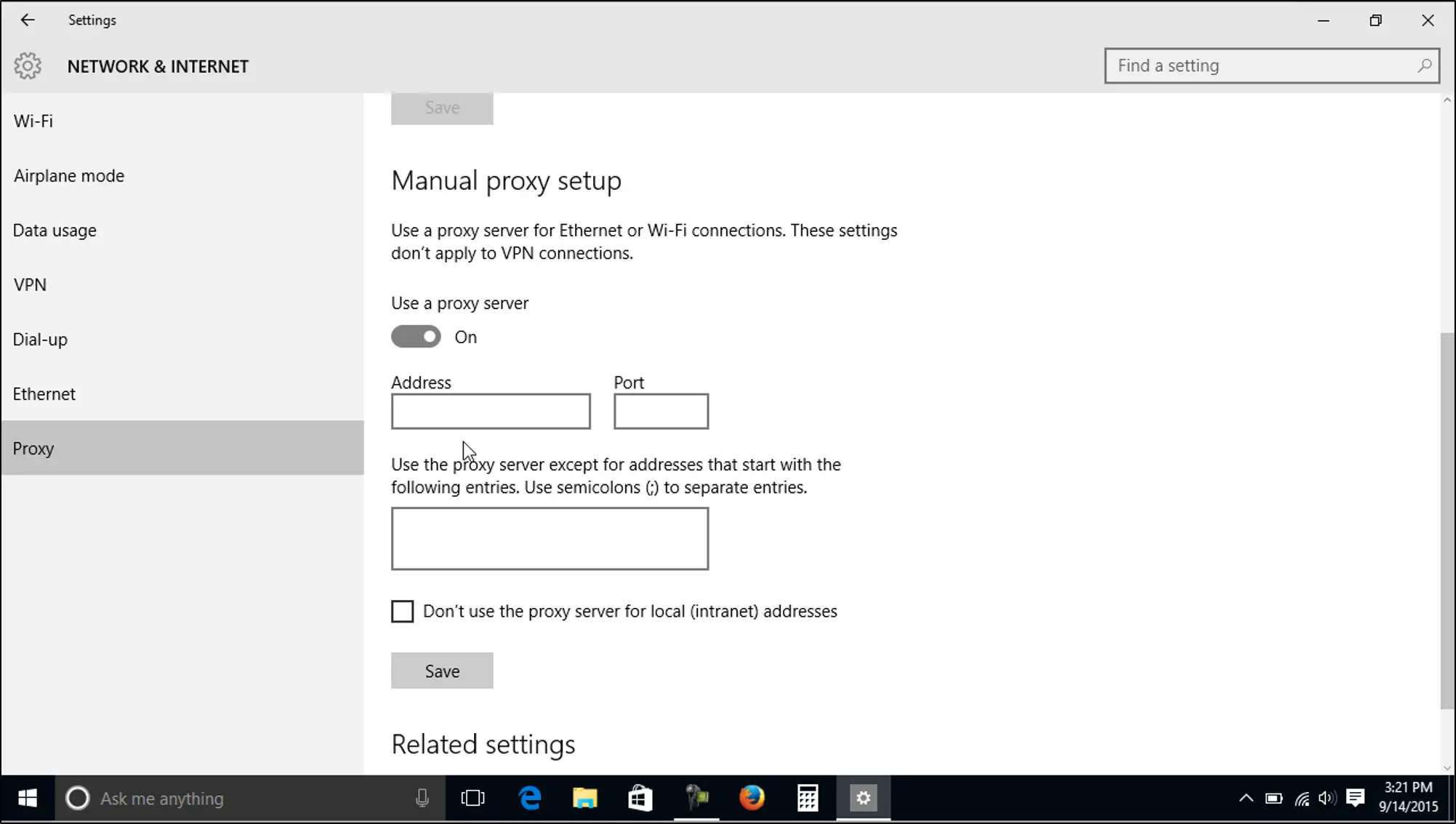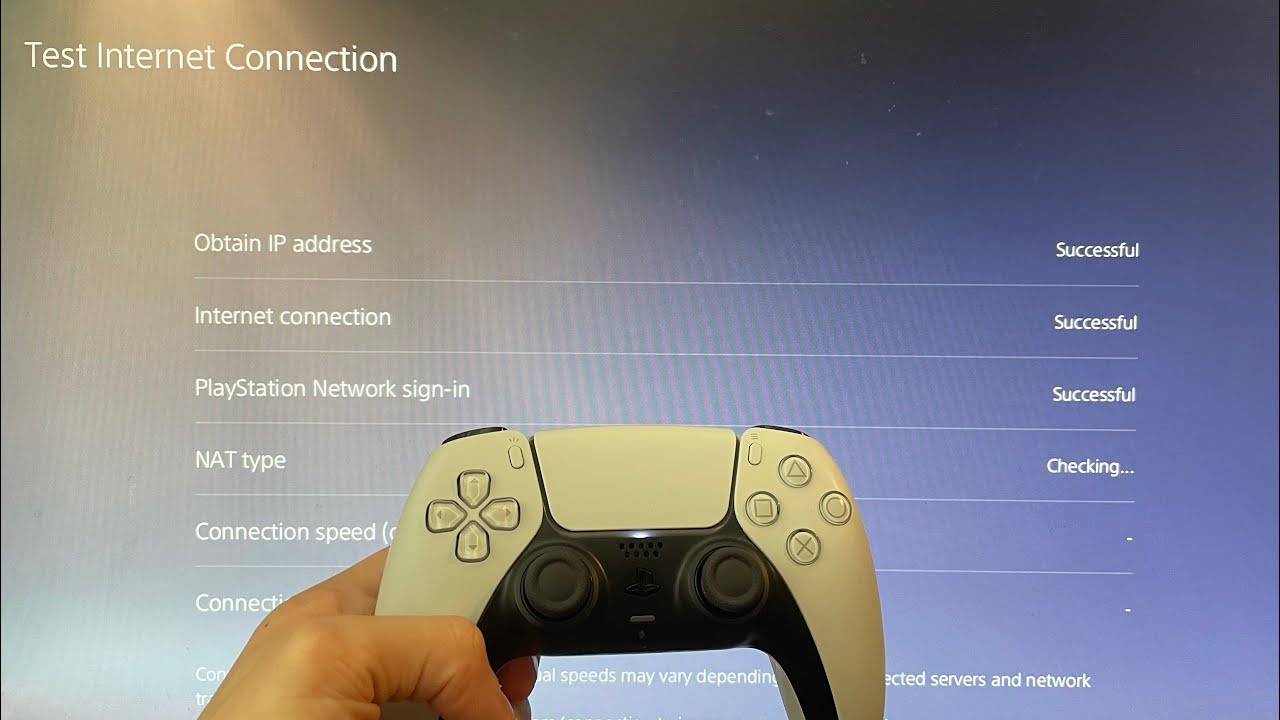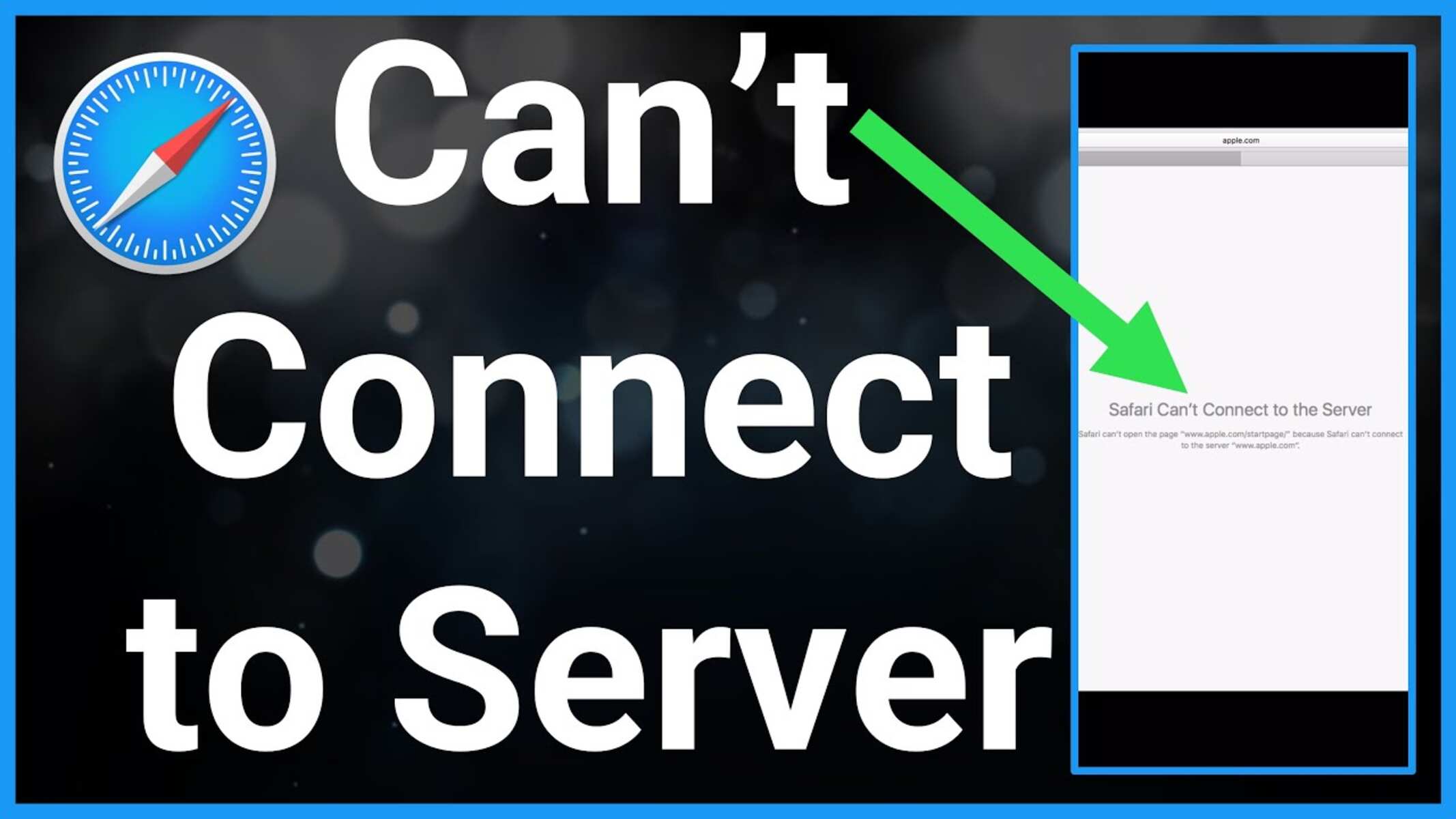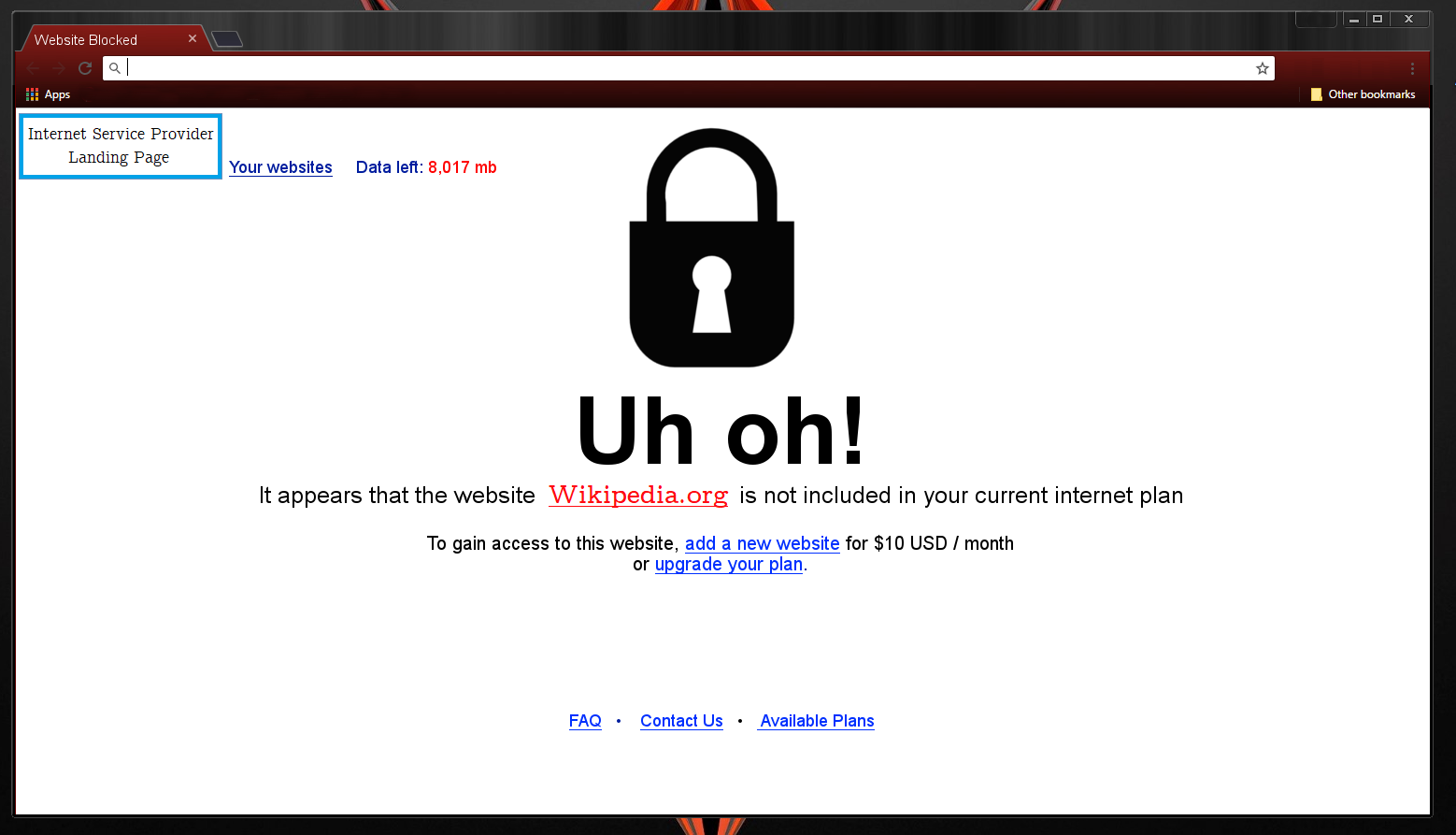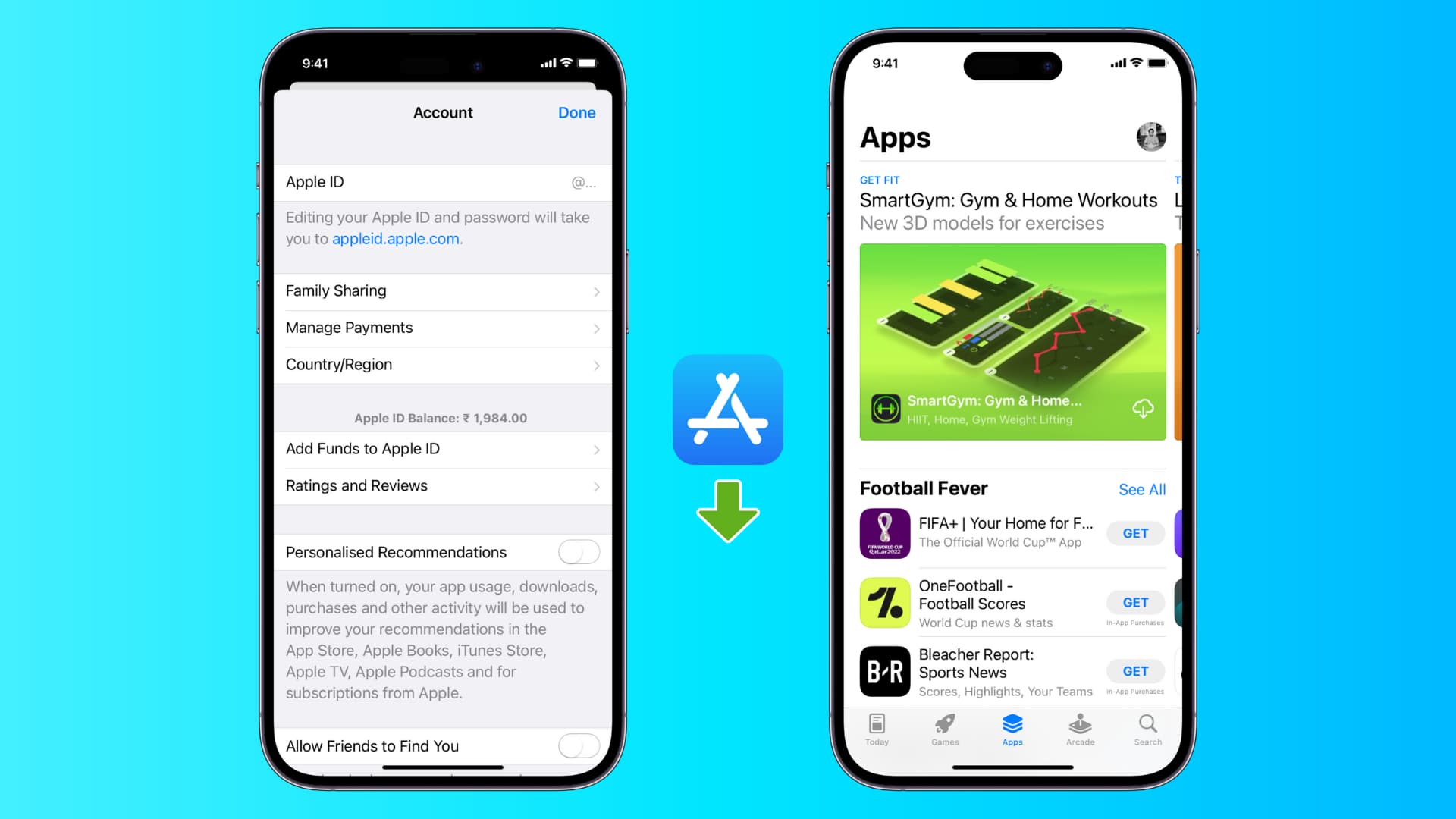Introduction
Are you experiencing difficulties in accessing websites or connecting to the internet? One possible reason for this issue could be the inability to connect to the proxy server. This can be frustrating and can hinder your online browsing experience. However, fear not, as this article will guide you on how to fix the problem of being unable to connect to the proxy server.
Before we delve into the solutions, let’s first understand what a proxy server is and why it is important. A proxy server acts as an intermediary between your device and the internet. It helps to improve security, enhance privacy, and increase the speed of your internet connection. It achieves this by acting as a middleman, handling your requests and forwarding them to the appropriate websites on your behalf.
Now, why might you be experiencing difficulties connecting to the proxy server? There could be several reasons for this. It could be due to a misconfiguration in your internet settings, a problem with your network drivers, incompatible firewall settings, or even issues with your browser cache or cookies. Don’t worry, though, as we will walk you through the troubleshooting steps to fix this problem.
What is a Proxy Server?
A proxy server is an intermediary server that sits between your device and the internet. It acts as a gateway, forwarding your internet requests and retrieving the requested information on your behalf. When you send a request to access a website or any online resource, it first goes through the proxy server, which then communicates with the webserver and retrieves the requested data. This data is then sent back to you through the proxy server.
There are several reasons why you might use a proxy server. One of the main advantages is improved security. When you connect to the internet through a proxy server, your IP address is hidden, and the websites you visit will only see the IP address of the proxy server. This helps protect your identity and adds an extra layer of security.
Another benefit of using a proxy server is enhanced privacy. By using a proxy, you can browse the internet anonymously, as your real IP address is masked. This is particularly useful in situations where you want to protect your personal information or access geo-restricted content.
Proxy servers also play a crucial role in optimizing internet speed. They can cache web pages, images, and other resources, allowing subsequent requests for the same content to be fulfilled more quickly. This can significantly reduce the time it takes to load web pages, especially for frequently visited sites.
Moreover, proxy servers can be used to bypass certain network restrictions or filters. In some organizations or countries, specific websites or services may be blocked. By connecting through a proxy server, you can circumvent these restrictions and access the desired content.
It’s important to note that there are different types of proxy servers, including HTTP proxies, SOCKS proxies, and VPNs (Virtual Private Networks). Each type has its own functionality and use cases, but they all serve the purpose of acting as intermediaries between your device and the internet.
By understanding the role and benefits of a proxy server, you can make informed decisions on whether to use one and how it can enhance your internet browsing experience.
Why am I unable to connect to the Proxy Server?
If you are experiencing difficulties connecting to the proxy server, there could be several reasons behind this issue. Understanding these reasons can help you troubleshoot and resolve the problem more effectively. Here are some common causes for being unable to connect to the proxy server:
1. Misconfigured Proxy Settings: The most common reason is misconfigured proxy settings on your device or browser. If the proxy server settings are not properly configured or if there are incorrect settings, it can prevent the connection to the proxy server.
2. Internet Connection Issues: Another reason could be a problem with your internet connection. If your internet connection is unstable or experiencing interruptions, it can disrupt the connection to the proxy server.
3. Firewall Settings: Firewalls are designed to protect your device and network from unauthorized access. In some cases, the firewall settings may block the connection to the proxy server. This can be due to overly strict firewall settings or blocked ports that are needed for the proxy server to function.
4. Browser Cache and Cookies: Accumulated cache and cookies in your browser can also interfere with the connection to the proxy server. Corrupted or outdated cache and cookies can disrupt the normal functioning of the proxy server.
5. Incompatible Network Drivers: Outdated or incompatible network drivers can cause connectivity issues, including problems with connecting to the proxy server. Making sure that your network drivers are up to date can help resolve this problem.
6. TCP/IP Settings: The TCP/IP settings on your device may become corrupted or misconfigured, resulting in issues connecting to the proxy server. Resetting these settings can help restore the proper connection.
7. Registry Errors: Registry errors or invalid entries related to proxy settings can cause connection problems. It is important to ensure that there are no registry errors or incorrect entries affecting the proxy server connection.
By identifying the potential causes for being unable to connect to the proxy server, you can now move on to the troubleshooting steps to fix the issue. In the following sections, we will guide you through the necessary steps to resolve these problems and get you back online smoothly.
Checking Internet Connection
Before diving into more complex troubleshooting steps, it is important to ensure that your internet connection is functioning properly. Sometimes, connection issues can prevent you from accessing the proxy server. Here are some steps you can take to check your internet connection:
1. Restart your router: Start by restarting your router or modem. Unplug the power cord, wait for a few seconds, and then plug it back in. This can help resolve temporary connectivity issues.
2. Check other devices: Try connecting to the internet using different devices such as smartphones, tablets, or other computers. If all devices are unable to connect, the issue may be with your internet service provider (ISP) or network infrastructure. Contact your ISP for further assistance.
3. Check physical connections: Ensure that all cables connecting your modem, router, and computer are securely plugged in. Loose or damaged cables can disrupt your internet connection.
4. Test with a different website: Attempt to access a different website or online service to verify if the issue is specific to the proxy server or if it affects all internet connections. If other websites are accessible, the problem may lie with the proxy server configuration.
If you have confirmed that your internet connection is stable and other websites are accessible, the issue might be related to the proxy server specifically. In the following sections, we will cover troubleshooting steps that are more specific to resolving proxy server connection problems.
Clearing Browser Cache and Cookies
One of the common causes of proxy server connection issues is the accumulation of cache and cookies in your browser. These stored data can sometimes become corrupted or outdated, causing disruptions in the connection. Clearing your browser cache and cookies can help resolve this problem. Here’s how you can do it:
1. Google Chrome: Click on the three-dot menu icon in the top-right corner of the browser window. Select “More tools” and then “Clear browsing data.” In the window that appears, select the time range for which you want to clear the data, check the boxes for “Cookies and other site data” and “Cached images and files,” and click “Clear data.”
2. Mozilla Firefox: Click on the menu icon (three horizontal lines) in the top-right corner and select “Options.” Go to the “Privacy & Security” tab and under the “Cookies and Site Data” section, click on “Clear Data.” Make sure that the checkboxes for “Cookies and Site Data” and “Cached Web Content” are selected and then click “Clear.”
3. Microsoft Edge: Click on the three-dot menu icon in the top-right corner and go to “Settings.” Under the “Privacy, search, and services” section, click on “Choose what to clear.” Select the checkboxes for “Cookies and other site data” and “Cached images and files” and click on “Clear.”
4. Safari: In the menu bar, click on “Safari” and select “Preferences.” Go to the “Privacy” tab and click on “Manage Website Data.” In the window that appears, click on “Remove All” and then confirm the action by clicking “Remove Now.”
After clearing the browser cache and cookies, restart your browser and try to connect to the proxy server again. This should help resolve any issues related to corrupted or outdated browser data interfering with the connection. If the issue persists, move on to the next troubleshooting step.
Disabling Proxy Settings in Windows
If you are still unable to connect to the proxy server, the issue may lie with the proxy settings configured in your Windows operating system. Disabling these settings can often help resolve the problem. Here’s how you can disable proxy settings in Windows:
1. Windows 10:
- Open the Start menu and select “Settings.”
- In the Settings window, click on “Network & Internet.”
- On the left sidebar, click on “Proxy.”
- Under the “Manual proxy setup” section, toggle off the switch for “Use a proxy server.”
2. Windows 8 and 8.1:
- Press the Windows key + W to open the Search charm.
- Type “Internet Options” and select it from the search results.
- In the Internet Properties window, go to the “Connections” tab and click on the “LAN settings” button.
- In the Local Area Network (LAN) Settings window, uncheck the box that says “Use a proxy server for your LAN.”
- Click “OK” to save the changes.
3. Windows 7:
- Click on the Start menu and open the Control Panel.
- In the Control Panel, go to “Network and Internet” and then click on “Internet Options.”
- In the Internet Options window, navigate to the “Connections” tab and click on the “LAN settings” button.
- In the Local Area Network (LAN) Settings window, uncheck the box that says “Use a proxy server for your LAN.”
- Click “OK” to save the changes.
Once you have disabled the proxy settings, restart your computer and try to connect to the internet and the proxy server again. Disabling the proxy settings in Windows can often resolve connectivity issues and allow you to access websites and online services without any hindrance.
Checking Firewall Settings
If you are still encountering issues connecting to the proxy server, it is worth checking your firewall settings. Firewalls are essential for protecting your computer from unauthorized access, but sometimes they may interfere with the connection to the proxy server. Here’s how you can check your firewall settings:
1. Windows Firewall:
- Click on the Start menu and open the Control Panel.
- In the Control Panel, select “System and Security” or “Windows Security,” depending on your Windows version.
- Open the Windows Firewall or Windows Defender Firewall settings.
- Ensure that the firewall is turned on, but also check if there are any specific rules or settings related to proxy connections. Look for any blocked ports or rules that might be preventing the connection.
- If you find any rules related to proxy or port blocking, you can try temporarily disabling or modifying them to allow the communication through the proxy server.
2. Third-party Firewalls:
- If you are using a third-party firewall software, locate its icon in the system tray or open the program directly.
- Go through the configuration settings and look for any settings related to proxy connections or port blocking.
- Similar to the Windows Firewall, if you find any rules or settings that might be interfering with the proxy connection, try disabling or modifying them accordingly.
Once you have checked and adjusted your firewall settings, restart your computer and attempt to connect to the proxy server again. In some cases, allowing the necessary communication through the firewall can resolve connectivity issues and allow the proxy server connection to be established successfully.
Updating Network Drivers
If you are still unable to connect to the proxy server, it is worth considering whether your network drivers are up to date. Outdated or incompatible network drivers can often cause connectivity issues. Updating your network drivers can help resolve the problem. Here’s how you can update your network drivers:
1. Windows Device Manager:
- Press the Windows key + X and select “Device Manager” from the menu.
- In the Device Manager window, expand the “Network adapters” category.
- Right-click on your network adapter and select “Update driver”. If there are multiple network adapters listed, update the driver for each one.
- Choose the option to automatically search for updated driver software. Windows will then search online and install the latest driver version if available.
- Follow the on-screen instructions to complete the driver update process.
- Restart your computer after the driver update is finished.
2. Manufacturer’s Website:
- If Windows does not find an updated driver or the issue persists, visit the website of your network adapter’s manufacturer.
- Search for the latest driver for your specific network adapter model.
- Download the driver software and follow the manufacturer’s instructions to install it on your computer.
- Restart your computer once the driver installation is complete.
Updating your network drivers can help ensure compatibility with the latest network protocols and resolve any bugs or issues that may be causing the inability to connect to the proxy server. If updating your network drivers does not resolve the problem, you may need to consider other troubleshooting steps.
Resetting TCP/IP Settings
If you are still facing difficulties connecting to the proxy server, resetting the TCP/IP settings on your computer can help resolve any network-related issues. TCP/IP (Transmission Control Protocol/Internet Protocol) is a set of communication protocols that govern how data is transmitted over the internet. Resetting these settings can help refresh and restore the network connection. Here’s how you can reset TCP/IP settings:
1. Windows Command Prompt:
- Open the Command Prompt as an administrator. You can do this by searching for “Command Prompt” in the Start menu, right-clicking on it, and selecting “Run as administrator.”
- In the Command Prompt window, type the following command and press Enter:
netsh int ip reset - Wait for the command to complete the reset process, which may take a few moments.
- Once the process is complete, restart your computer to apply the changes.
2. Windows Network Reset:
- Go to the Start menu and open the Settings app.
- In the Settings window, click on “Network & Internet.” On the left sidebar, select “Status.”
- Scroll down and click on “Network reset.”
- In the Network reset window, click on “Reset now” to confirm the action.
- Windows will then reset the network components, including TCP/IP settings, and restart your computer.
After resetting the TCP/IP settings and restarting your computer, attempt to connect to the proxy server again. This process can help resolve any underlying network issues and establish a stable connection to the proxy server. If the problem persists, there may be other factors involved that require further investigation.
Resetting Proxy Settings in the Registry
If you are still unable to connect to the proxy server, resetting the proxy settings in the Windows registry can be a potential solution. The registry stores important configuration settings for various aspects of your operating system, including proxy settings. Resetting these settings can help address any issues related to corrupted or incorrect entries. Here’s how you can reset the proxy settings in the registry:
Note: Modifying the Windows registry can be risky, so it’s important to follow these steps carefully. Before proceeding, it’s recommended to create a backup of your registry.
1. Open the Registry Editor:
- Press the Windows key + R to open the Run dialog box.
- Type “regedit” (without quotes) and press Enter. This will open the Registry Editor.
2. Navigate to the Proxy Settings:
- In the Registry Editor, navigate to the following key:
HKEY_CURRENT_USER\Software\Microsoft\Windows\CurrentVersion\Internet Settings
3. Reset the Proxy Settings:
- Right-click on the “Internet Settings” key and select “Export” to create a backup of the key (optional but recommended).
- After creating the backup, right-click on the “Internet Settings” key again and select “Delete.” Confirm the deletion if prompted.
4. Restart your computer:
After deleting the “Internet Settings” key, restart your computer to allow the changes to take effect. Upon rebooting, the proxy settings in the registry will be reset to their default values.
Once your computer restarts, attempt to connect to the proxy server again. The reset proxy settings in the registry can help eliminate any misconfiguration or corrupt entries that might have been causing the connection issues. If the problem persists, additional troubleshooting steps may be necessary.
Conclusion
Facing difficulties connecting to the proxy server can be frustrating, but by following the troubleshooting steps outlined in this guide, you can resolve the issue and regain access to the internet. Here’s a recap of the steps we have covered:
1. First, ensure that your internet connection is stable by restarting your router and checking physical connections.
2. Clear your browser cache and cookies to eliminate any corrupted or outdated data that might be interfering with the connection.
3. Disable proxy settings in Windows to rule out any misconfigurations preventing the connection.
4. Check your firewall settings to ensure that it is not blocking the communication with the proxy server.
5. Update your network drivers to ensure compatibility and to fix any bugs that may be causing the issue.
6. Reset the TCP/IP settings to refresh the network connection and eliminate any potential conflicts.
7. Reset the proxy settings in the Windows registry to remove any corrupted or incorrect entries that might be the root cause.
By following these steps, you should be able to resolve most common issues related to connecting to the proxy server. However, if the problem persists, it is recommended to seek professional assistance or contact your network administrator for further troubleshooting.
Remember, troubleshooting connectivity issues can be a complex process, and the solution may vary depending on your specific setup and circumstances. With patience and persistence, you’ll be able to successfully resolve the problem and enjoy a seamless browsing experience.







